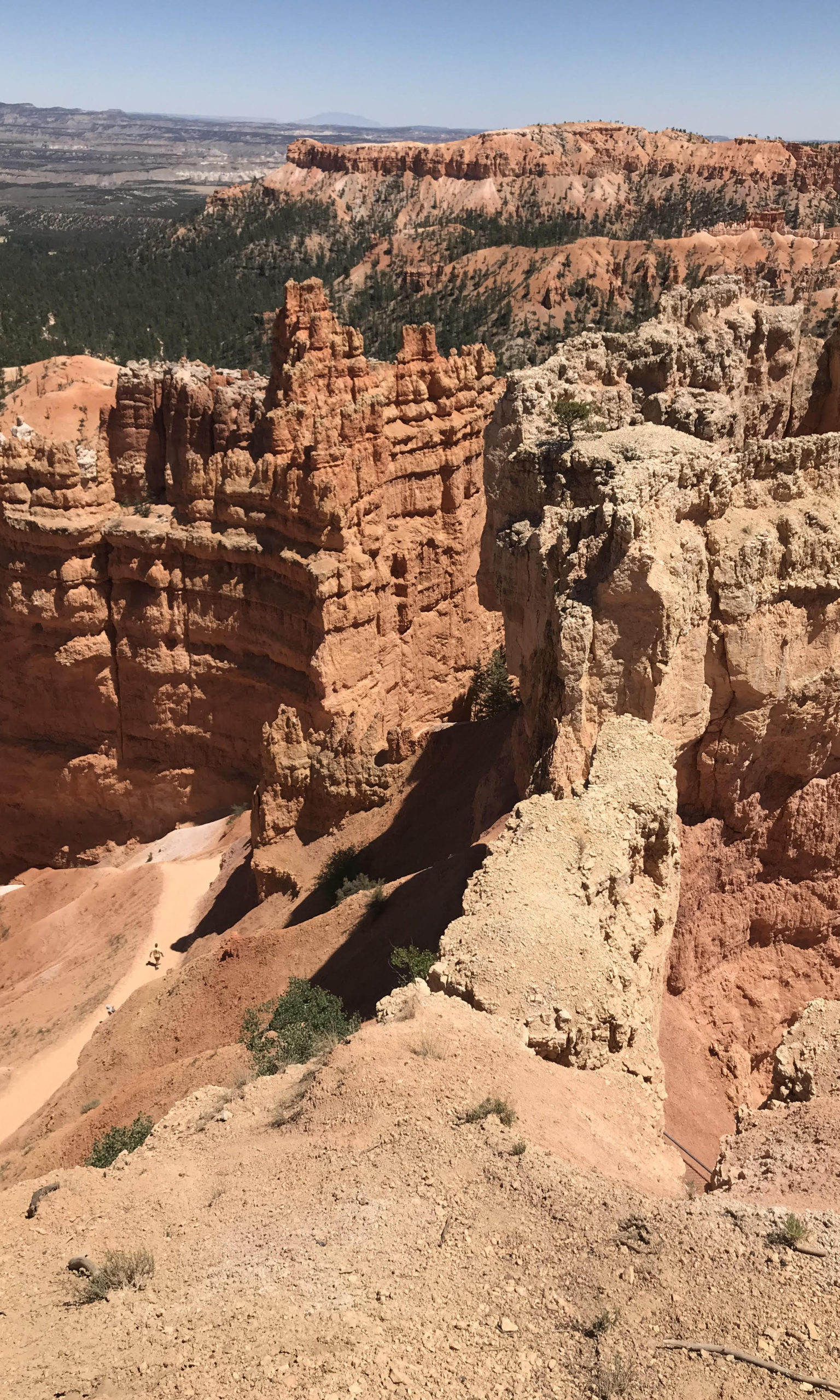
A recent study out of London links better cognitive development, emotional health and reduced behavioral problems with daily exposure to the woodlands. Researchers were quick to point out that the study did not provide proof of a causal link. The four-year study looked at children ages 9-15 across England and their exposure to spaces that are green (woods, meadows and parks) and blue (rivers, lakes and oceans). Interestingly, the increased benefits for exposure to “green spaces” were not seen in “blue spaces.” Despite the limitations of this study, it adds to the growing list of research that suggests contact with the wilderness has beneficial mental and physical effects. What I found most curious about this study was the startling difference between “green” and “blue” spaces.
I have travelled all over the world, visited and lived in a variety of ecosystems, and I prefer the United States’ desert southwest. I am not sure why. It is not that I don’t enjoy and appreciate other eco-systems, I just prefer “brown” space.” (I realize the desert is more colorful than “brown” suggests — I am just trying to work within the framework of the study.) For me environments like Bryce Canyon, shown here, are more compelling and beautiful than any alternative. My wife enjoys the desert but prefers the northwest United States — especially in the summer. This research got me wondering how others experience the desert and if there are the same mental and physical benefits found in exposure to “green” spaces. As for me, I am convinced there are. I will warn anyone interested in pursuing this research topic that based on my observation the desert seems to attract a unique assortment of personalities.
